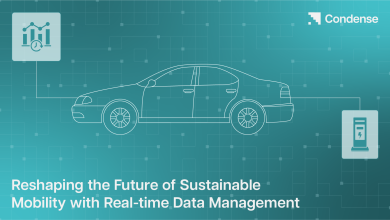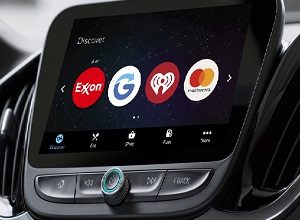Considering Connected Cars!

Increasing customer need for connectivity is well recognized by the Indian auto industry. A Connected Car therefore has become a key experience factor that has to be delivered to the customer along with the product. Indian auto OEMs intending to pursue this inevitable industry trend, however are confronted with some basic points of contemplation.
Is there a Business Case to this investment?
It is hard to quantify the magnitude of direct/indirect benefits from a connected cars initiative and formulate a solid business case for this investment. There is however enough opportunity for auto OEMs to monetize the data received from connected cars. Enhanced service revenue through malfunction detection & service reminders to the customers, cost savings by capturing vehicle performance as input to warranty and R&D teams and potential sales push by offering an enhanced customer experience with a whole range of connected cars functionality are just a few examples that could drive value for the auto OEMs.
As custodians of the car probe data the OEMs also have opportunity to monetize it by sharing anonymized data with partners like map service provider who could possibly enhance their live traffic navigation service, mobile network operators to help them spot issues with their network and other third parties like traffic police who can leverage this data to improve traffic management.
Is there a matured partner ecosystem which can build and run a connected cars service?
Connected cars solution typically encompasses a relatively large ecosystem of partners. The IOT (internet of things) platform provider, telematics device manufacturer, map services provider, mobile network operator and the overall system integrator (to develop customer facing applications and integration with enterprise systems) are key players of a connected cars solution ecosystem. Dependence on multiple partners with no single one offering end to end solution capability increases complexity for the auto OEMs.
Auto OEMs are progressively engaging with single partner who bring with them relevant implementation and run experience of a connected cars service. Large system integrators offering a reliable inhouse IOT platform, and who can partner with other solution providers to offer an end to end solution are increasingly becoming a choice as a single solution implementation partner.
Is there enough consumer readiness to adapt and use the connected cars solution?
A connected car offering brings a whole gamut of features including advanced navigation aid using weather and traffic data, remote vehicle controls, emergency services in case of breakdown and crash and a whole set of alerts for theft, tow away, over speed, security etc. Institutions and fleet owners use driving behaviour data for monitoring and check the drivers driving patterns.
Maximizing the solution adaption and its usage will be the key to the success of a connected cars program. The endeavour of the OEMs should be to scale up the usage by continuously offering new connected cars features offering safety, security and convenience to the customer.
Cost recovery from customer for the connected cars service, which currently is the key direct revenue source will increasingly diminish. Data collection and its monetization through enhanced usage of the solution will take priority over charging the customer for the services.
Is there an adequate Infrastructure to support advanced connected cars features and enable the ecosystem to reap its benefits?
The envisaged benefits of the future connected car can be reaped with adequate vehicle to infrastructure interaction (V2I). Government initiatives to integrate highway toll gates, electronic road pricing, charging stations and emergency services will be a true manifestation of the benefits from connected vehicles.
The auto industry is also seeking greater government support for instance availability of radio frequency channels for v2V and V2I communications for next generation connected cars and autonomous cars using Advanced Driver Assistance System (ADAS) to function.
Conclusion: Key considerations for your connected cars initiative
a. Data monetization opportunities will take precedence over subscription based cost recovery from customers for the connected cars service. Key is to achieve scale of solution usage by the customers and maximize data accumulation to reap benefits from it.
b. Technology companies offering proven IOT platforms, carrying an experience to implement & run such initiatives and who can partner with multiple solution providers to offer a single-window solution will remain to be a partner of choice to implement and run connected cars service for the Indian auto OEMs.
c. The auto manufacturers’ will have to consciously work towards ways to increase the solution adaption and usage by the customers through continuously introducing new features offering safety, security and comfort.
d. The Indian auto industry must be future ready by keeping an outlook on the next level of ADAS capability for connected cars to keep it relevant and useful to the consumers.
Author:
Rajesh Bhambani is a Senior Managing Consultant at IBM India Pvt. Ltd. and is part of IBM’s “Intelligent Connected Operations” practice. He has been instrumental in formulating the connected cars vision for a number of automotive players and has been involved in lead roles for implementation of connected services for leading Indian automobile manufacturers.
Published in Telematics Wire


